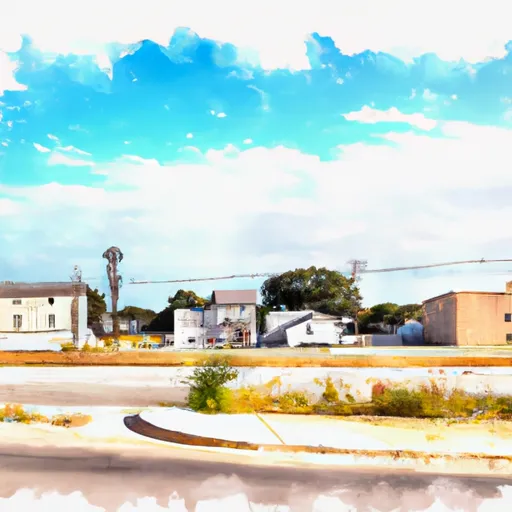°F
°F
mph
Windspeed
%
Humidity











Rosebud, Texas is a small town located in Falls County, Central Texas. The climate in Rosebud is characterized by hot, humid summers and mild winters. The average high temperature in summer is around 95°F (35°C), while winter temperatures average around 60°F (15°C). The region experiences moderate rainfall throughout the year, with the wettest months being May and October.
Rosebud benefits from its proximity to several hydrological features. The town is situated near the Little River, which provides a picturesque setting for outdoor enthusiasts. The river also offers opportunities for fishing, boating, and swimming.
Outdoor recreation opportunities in Rosebud are abundant. The town is surrounded by lush green landscapes, making it ideal for hiking and camping. Nearby parks, such as Fort Parker State Park, offer opportunities for birdwatching, picnicking, and exploring nature trails. Additionally, the region's ample water resources make it a popular spot for fishing enthusiasts. Anglers can enjoy catching a variety of fish species, including bass, catfish, and crappie.
In conclusion, Rosebud, Texas offers a pleasant climate with hot summers and mild winters. The town benefits from its proximity to the Little River, providing various hydrological opportunities for outdoor activities. With its beautiful landscapes, hiking, camping, fishing, and other outdoor recreation opportunities, Rosebud is an attractive destination for nature enthusiasts.
Weather Forecast
Rosebud receives approximately 933mm of rain per year, with humidity levels near 84% and air temperatures averaging around 20°C. Rosebud has a plant hardyness factor of 8, meaning plants and agriculture in this region tend to thrive here all year round.
Regional Streamflow Levels
42
Cubic Feet Per Second
1,020
Cubic Feet Per Second
1
Cubic Feet Per Second
4
Cubic Feet Per Second
Nearby Camping
| Camping Area | Reservations | Toilets | Showers |
|---|---|---|---|
| Hub City RV Park | |||
| Falls on the Brazos Park | |||
| Buescher State Park | |||
| Vernon L Richards Riverbend Park | |||
| Hallettsville City Park | |||
| Yoakum City Park |



